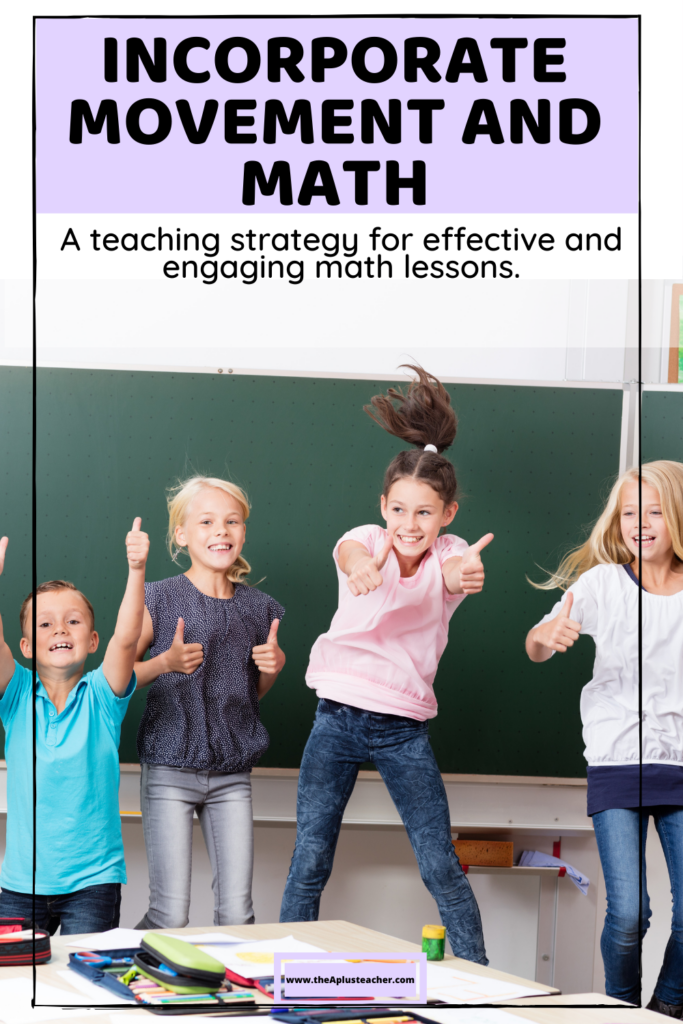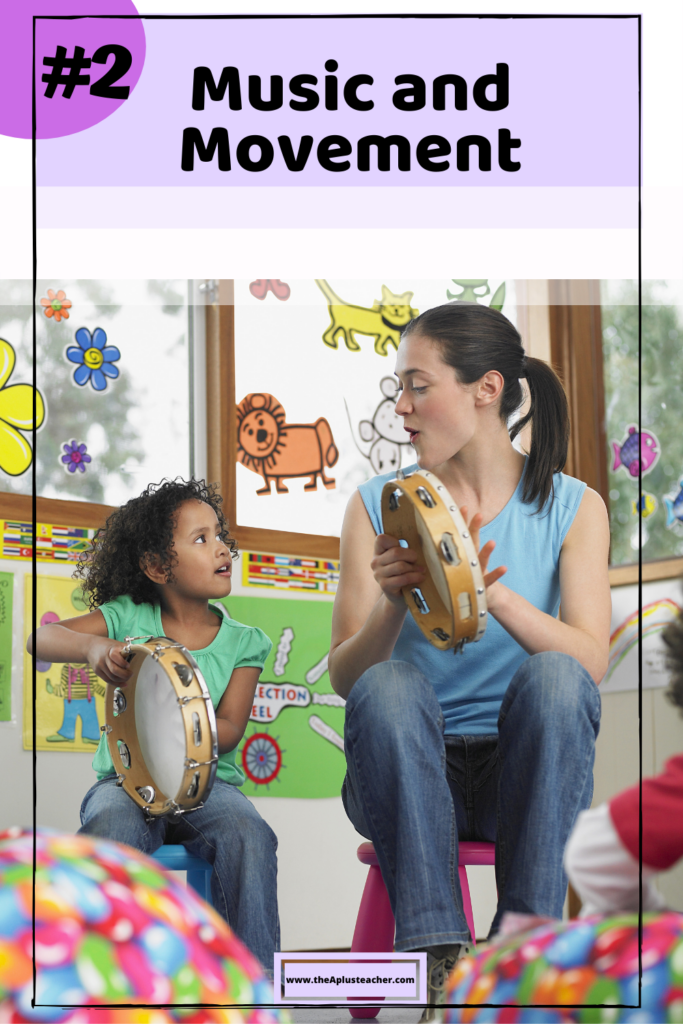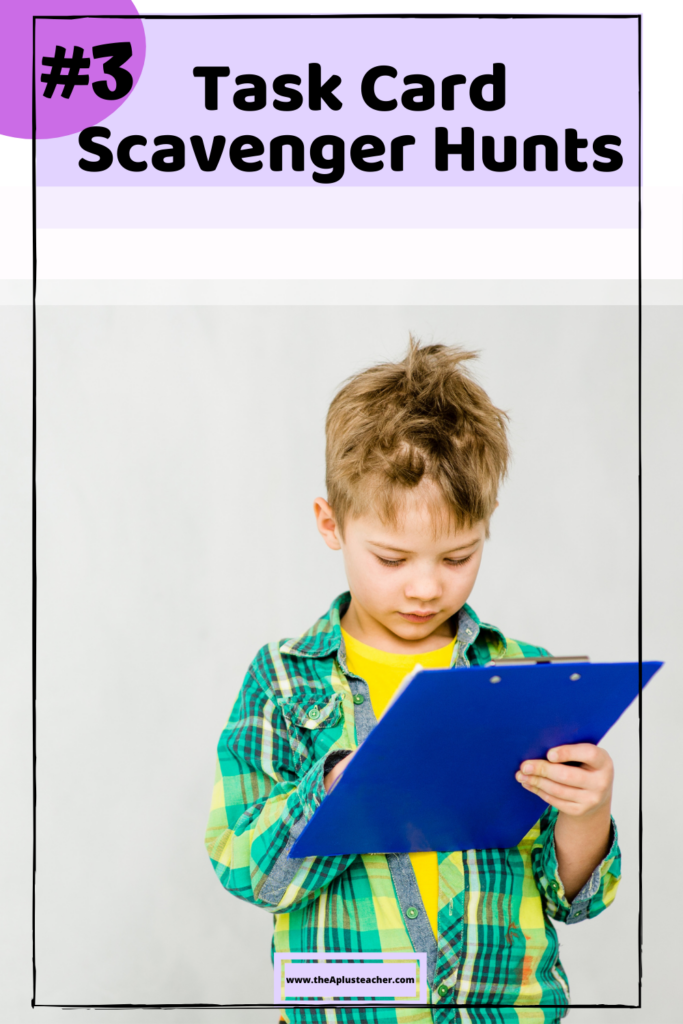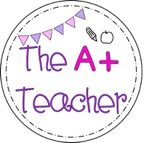Incorporate Movement and Math
Did you know that incorporating movement during a math lesson can help enhance students’ learning?

It’s important for teachers to teach with the brain in mind because the movement is a natural part of a child’s school day and that movement can influence students’ brains and their learning (Jensen 2005).
Research has found a relationship between movement and learning. In Jensen’s book, Teaching with the Brain in Mind, the author explained the part of the brain that processes movement is the same part of the brain that also processes learning (#ad).
So how do you incorporate movement in a math lesson? Luckily, there are many different ways to incorporate movement in math lessons.

Gestures
One way to increase student movement in a math lesson is by using body movements and gestures. Teachers can model different gestures while explaining and reviewing content. Students can also follow along with the teacher’s gestures. By doing so, students are actively engaged in the learning process while incorporating movement which enhances the learning experience. If you’re interested in learning more about incorporating movement in math lessons, check out the basics of Whole Brain Teaching. Students can use many gestures from the location of their own desk or space.

Music and Movement
Another way to increase movement in a math lesson is by using music. Many students love to listen to and dance to music. There are many different ways to use music throughout a math lesson. Music can be used in a math lesson during the mini-lesson, transitions, independent work, and more! The book The Wild Card: 7 Steps to an Educator’s Creative Breakthrough and the book about Whole Brain Teaching are packed with many great strategies and ideas that be used in the classroom that incorporate movement and learning! (#ad)

Scavenger Hunts
Classroom task card scavenger hunts are another great way to incorporate movement into a math lesson. Students love completing a scavenger hunt around the classroom to find hidden cards to solve different math problems. I love to use task cards during my math lessons as an engaging alternative to completing a worksheet or workbook. I either have students go on a scavenger hunt throughout the classroom to answer different math problems on the task cards or I print the task cards as a review packet for students to complete as a center activity for extra practice. Task cards can help to increase student engagement during a math lesson in many different ways! You can check out a few of my favorite task cards here.
Those are just a few of my favorite ways to incorporate movement in math lessons. Providing students with opportunities to learn that include movement can influence the learning experience and increase student engagement.
Check out other blog posts about making math fun and engaging!
Thanks for reading! 💟 Karen Brown – The A Plus Teacher
Note: Some links on this page may contain #affilitatelinks and are indicated with #ad.
